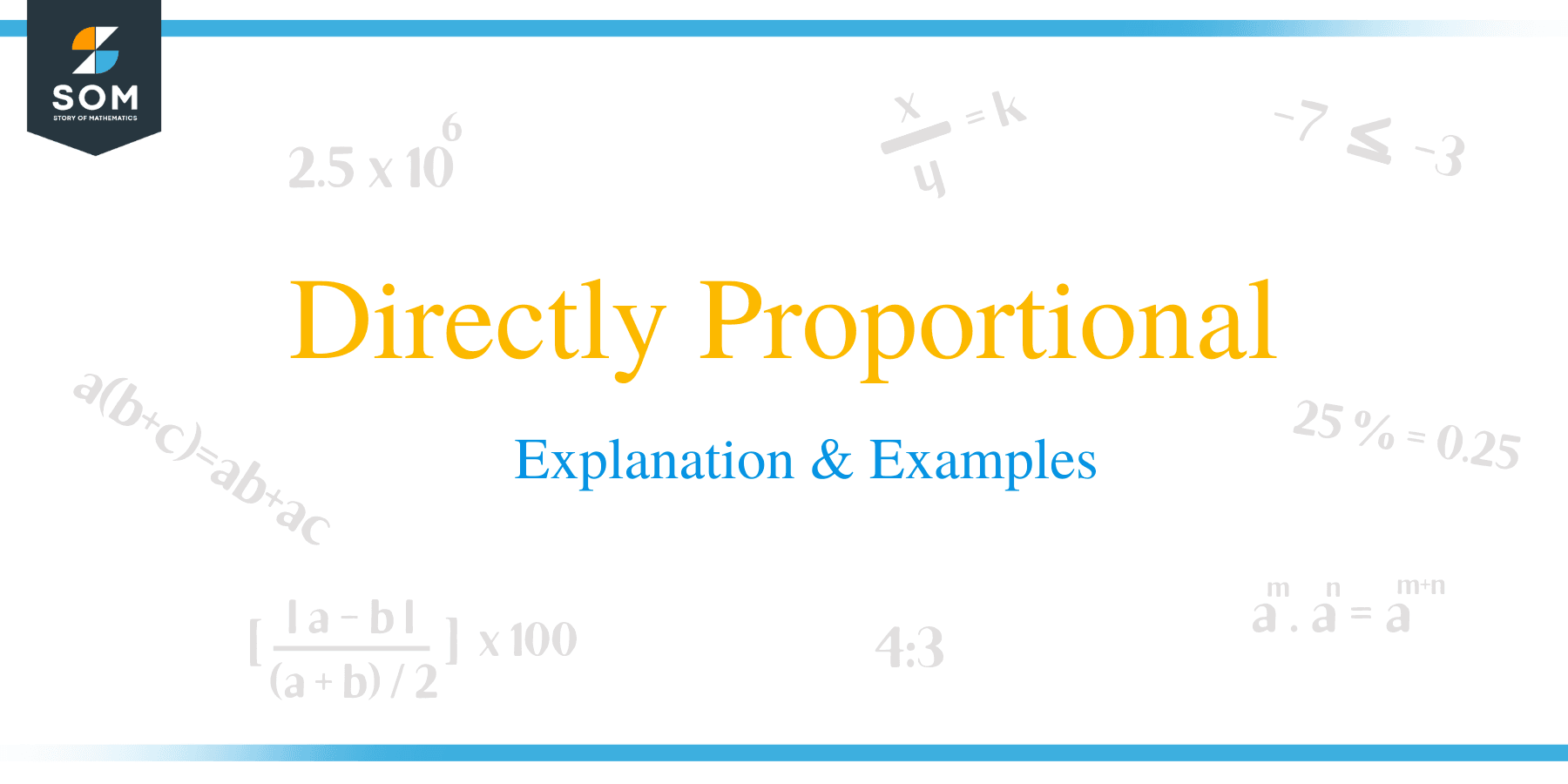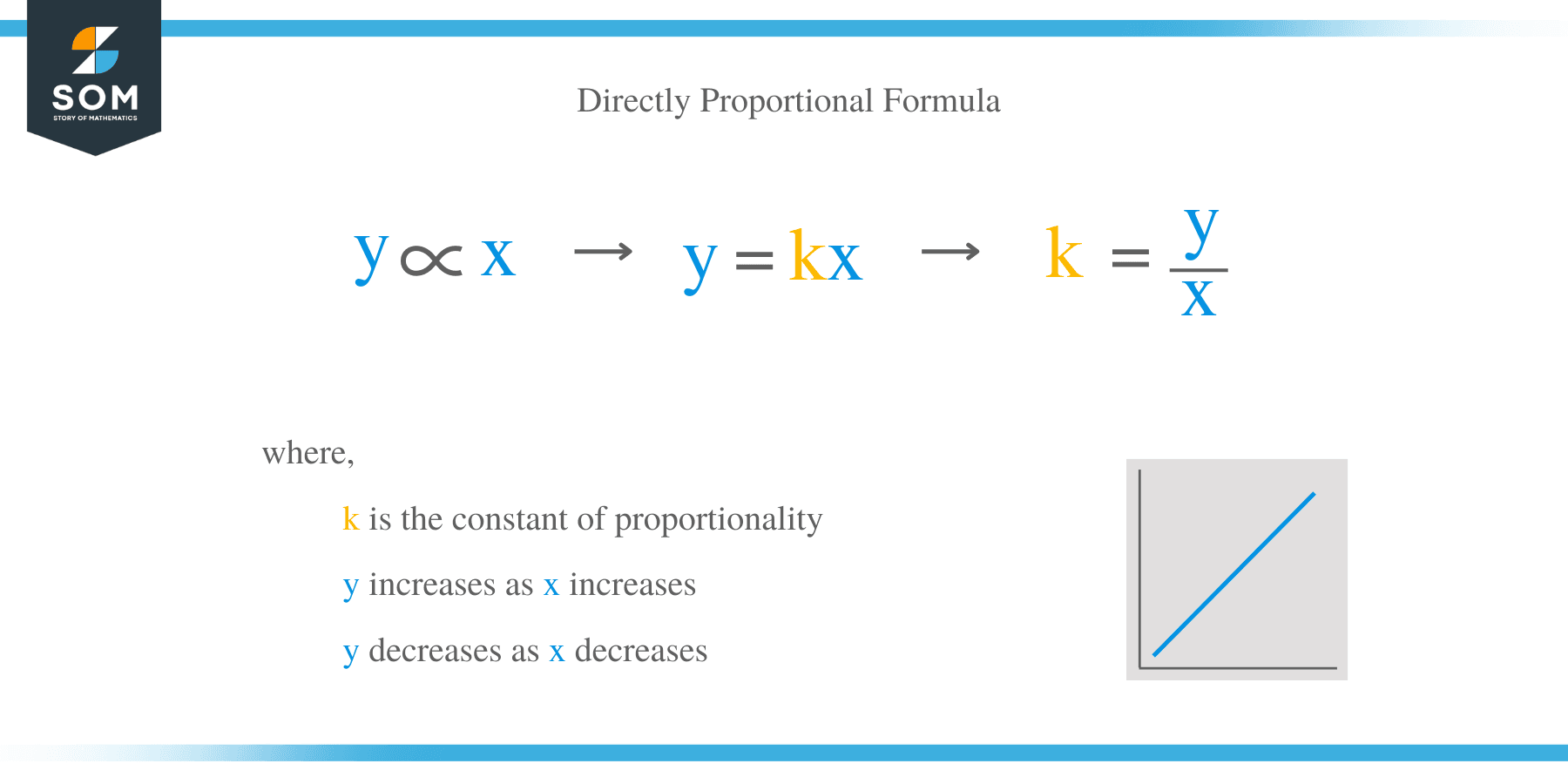 What does Directly Proportional Mean?
What does Directly Proportional Mean? What does Directly Proportional Mean?
What does Directly Proportional Mean?Direct proportion is the relationship between two variables whose ratio is equal to a constant value. In other words, direct proportion is a situation where an increase in one quantity causes a corresponding increase in the other quantity, or a decrease in one quantity results in a decrease in the other quantity.
Sometimes, the word proportional is used without the word direct, just know that they have a similar meaning.
Direct proportion is denoted by the proportional symbol (∝). For example, if two variables x and y are directly proportional to each other, then this statement can be represented as x ∝ y.
When we replace the proportionality sign (∝) with an equal sign (=), the equation changes to:
x = k * y or x/y = k, where k is called non-zero constant of proportionality.
In our day-to-day life, we often encounter situations where a variation in one quantity results in a variation in another quantity. Let’s take a look at some of the real-life examples of directly proportional concept.

Example 1
The fuel consumption of a car is 15 liters of diesel per 100 km. What distance can the car cover with 5 liters of diesel?
If 1 liter => (100/15) km
= 33.3
Therefore, the car can cover 33.3 km using 5 liters of the fuel.
Example 2
The cost of 9 kg of beans is $ 166.50. How many kgs of beans can be bought for $ 259?
Example 3
The total wages for 15 men working for 6 days are $ 9450. What is the total wages for 19 men working for 5 days?
Wages of 15 men in 6 days => $ 9450
The wage in 6 days for 1 worker = >$ (9450/15)
The wage in 1 day for 1 worker => $ (9450/15 × 1/6)
Wages of 19 men in a day => $ (9450 × 1/6 × 19)
The total wages of 19 men in 5 days = $ (9450 × 1/6 × 19 × 5)
= $ 9975
Therefore, 19 men earn a total of $ 9975 in 5 days.